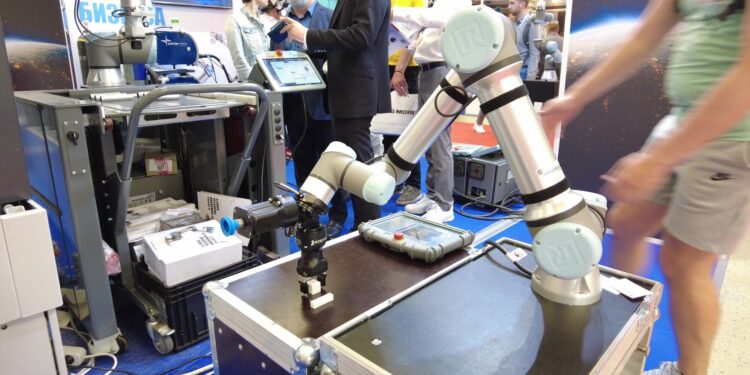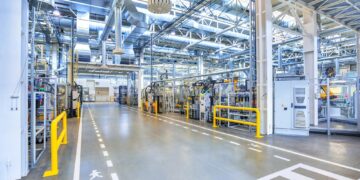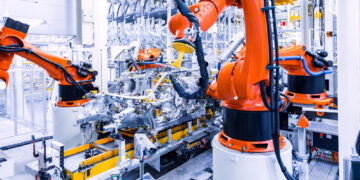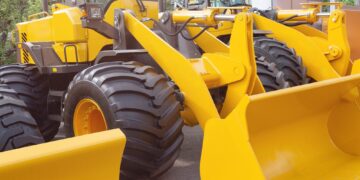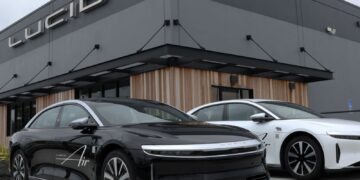Saudi Arabia’s industrial robotics sector is experiencing significant growth, with the market valued at USD 178.2 million in 2024 and projected to reach USD 543.7 million by 2033, according to IMARC Group. This expansion is driven by a strong push for automation in manufacturing and logistics, particularly within the automotive, electronics, and metal industries.
A notable trend is the rise of collaborative robots, or cobots, which operate safely alongside human workers to enhance productivity. Companies are increasingly adopting robotics for real-time monitoring, predictive maintenance, and remote management. Advances in artificial intelligence, machine learning, and sensor technology are enabling robots to handle more complex tasks with minimal human intervention. Demand for customization and shorter product cycles is also encouraging manufacturers to invest in flexible automation systems.
Government initiatives supporting industrial diversification and innovation are further accelerating the adoption of robotics. The integration of robots with IoT and cloud computing platforms is becoming more common, advancing digital transformation across the sector.
The market is segmented by robot types and functions:
- Robot Types: articulated, cartesian, SCARA, cylindrical, and parallel robots
- Functions: welding, material handling, assembly, painting, and processing
Key industries using these technologies include:
- Automotive
- Electronics
- Chemicals
- Machinery
- Food and beverages
- Precision optics
- Pharmaceuticals
Investments in smart factories and energy-efficient manufacturing processes are on the rise, with both local and international companies focusing on consistent product quality and reduced downtime. Partnerships between educational institutions and robotics firms are helping to build a skilled workforce to support the industry’s growth.
Overall, Saudi Arabia’s industrial robotics market is set for robust expansion, supported by technological advancements, government backing, and a growing emphasis on efficiency and sustainability.
